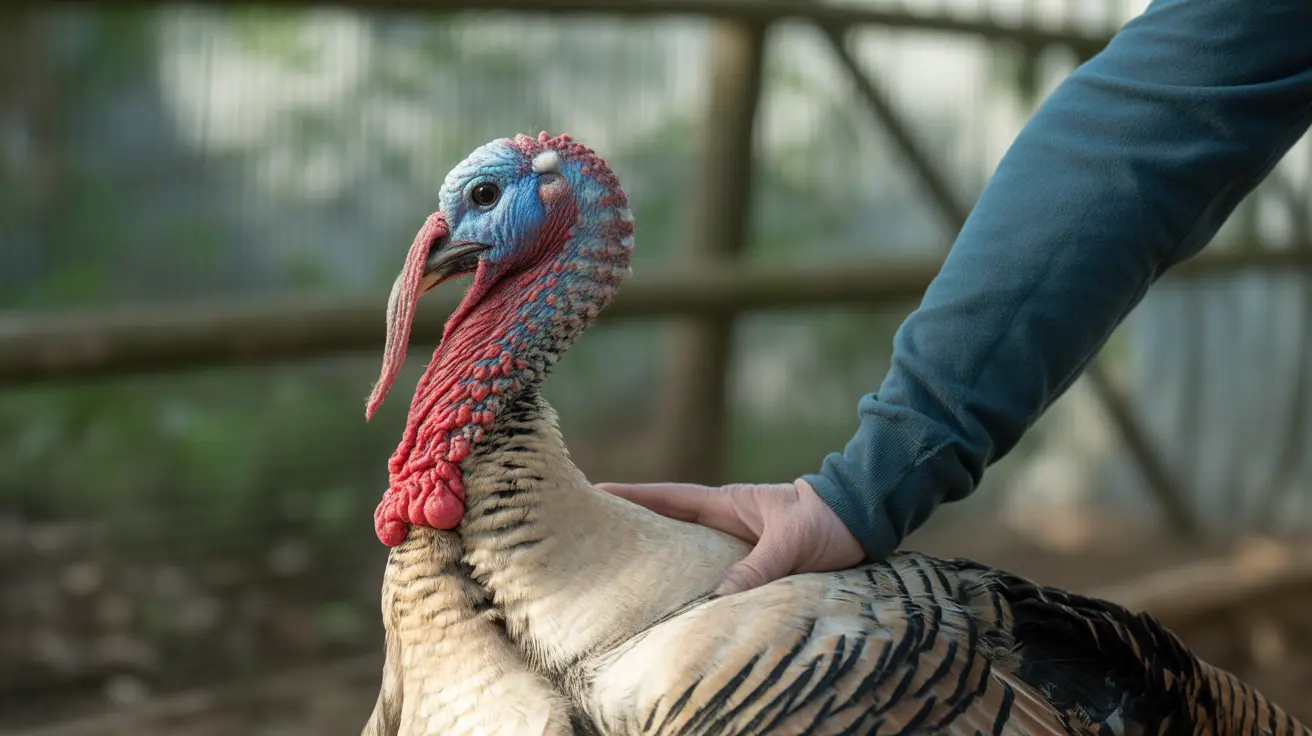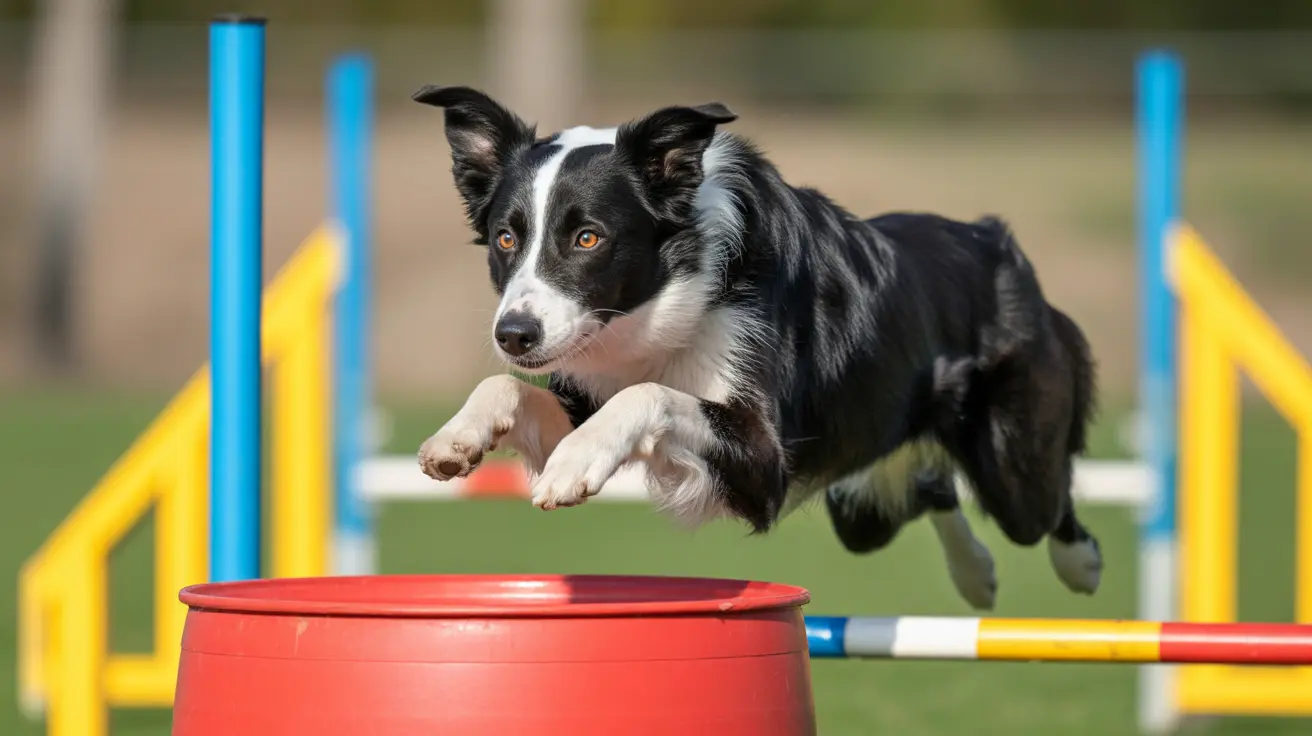The Calm Temperament of the Wirehaired Pointing Griffon
The Wirehaired Pointing Griffon, also known as the Korthals Griffon, has earned a reputation among gundog enthusiasts and families alike as a versatile sporting breed with a remarkably calm disposition. Developed in the late 19th century by Eduard Karel Korthals, the breed was designed to be the ultimate hunting companion—resilient, intelligent, and deeply devoted to its owner.
Breed Origins and Purpose
This medium-sized dog emerged from breeding programs conducted across the Netherlands, Germany, and France. The goal was to create an all-around hunter that could thrive in diverse terrains such as marshlands and dense brush. The breed’s versatility extended to pointing, retrieving, and tracking upland birds and waterfowl.
Physical Characteristics
The Wirehaired Pointing Griffon features a rectangular, sturdy body, slightly longer than it is tall. Sizes typically range as follows:
- Males: 22–24 inches tall, 50–70 pounds
- Females: 20–22 inches tall, 35–50 pounds
The breed’s hallmark is its harsh, wiry double coat with an insulating undercoat. Common colorations include steel gray with brown markings, chestnut and gray, and white and brown combinations. This coat, along with distinctive eyebrows and a beard, gives the breed its rugged, expressive appearance.
Temperament: Why They’re Considered Calm
Wirehaired Pointing Griffons are generally characterized by:
- Affectionate and devoted natures toward their families
- Gentleness, especially around children and other dogs
- Loyalty and eagerness to please
While they possess a high energy level outdoors, their demeanor indoors tends to be calm and composed, particularly when they receive ample exercise and mental stimulation. This balance makes them ideal for families who enjoy outdoor activity but value a quiet home environment.
The Importance of Socialization and Training
To nurture their naturally calm disposition, early and ongoing socialization is critical. Introducing Wirehaired Pointing Griffons to different environments, people, and animals from a young age helps prevent timid or anxious behaviors. These dogs respond best to positive reinforcement training methods. Harsh techniques may lead to resistance or stress, whereas gentle guidance nurtures their obedient and cooperative nature.
Compatibility with Family Life
Though originally a hunting companion, the breed adapts well to family living—especially in active households. They enjoy being part of daily life and do not fare well in isolation. When provided adequate attention and mental challenges, they remain calm and content indoors. Their gentle demeanor makes them excellent with children and other friendly pets.
However, prolonged loneliness can lead to separation anxiety, and the breed is not recommended for apartment dwellers or sedentary households. A Wirehaired Pointing Griffon thrives when it has access to regular outdoor activity and companionship.
Field Work and Instincts
In hunting environments, they are known for:
- Moderate-range hunting style, working closely with handlers
- Strong pointing instincts and steady retrieves
- Enthusiastic tracking abilities for game and wounded birds
Their methodical and thoughtful approach in the field reflects their calm nature, making them suitable for hunters who prefer walking rather than horseback or all-terrain hunting methods.
Grooming and Maintenance
The breed’s coat is low-shedding and relatively easy to maintain, though it requires regular grooming. Practices to maintain their coat and health include:
- Weekly brushing to remove dead hair and prevent matting
- Occasional hand-stripping to maintain texture
- Cleaning of drop ears to prevent infection
- Trimming feet and nails regularly
- Routine dental care
Health Considerations
Wirehaired Pointing Griffons are considered a generally healthy breed with a lifespan of 12–15 years. Some health issues that may affect the breed include:
- Hip and elbow dysplasia
- Progressive retinal atrophy and cataracts
- Heart disease (e.g., aortic stenosis)
- Diabetes and thyroid disorders
- Gastric dilatation-volvulus (bloat)
Preventive veterinary care, a balanced diet, and genetic screening from reputable breeders help mitigate these risks.
Dietary Needs
Proper nutrition supports both health and energy levels. Feeding strategies include:
- High-quality food geared to age, weight, and activity
- Splitting meals into two or more portions to reduce bloat risk
- Access to fresh water at all times
Calm Yet Enthusiastic Companions
Wirehaired Pointing Griffons are known for their unique combination of hunting enthusiasm and domestic calmness. Whether engaging in fieldwork or relaxing at home, they remain affectionate, loyal, and well-mannered when their physical and emotional needs are met.
This makes them one of the calmest pointing dog breeds, especially suitable for active yet serene households looking for a low-shedding, intelligent canine companion.





